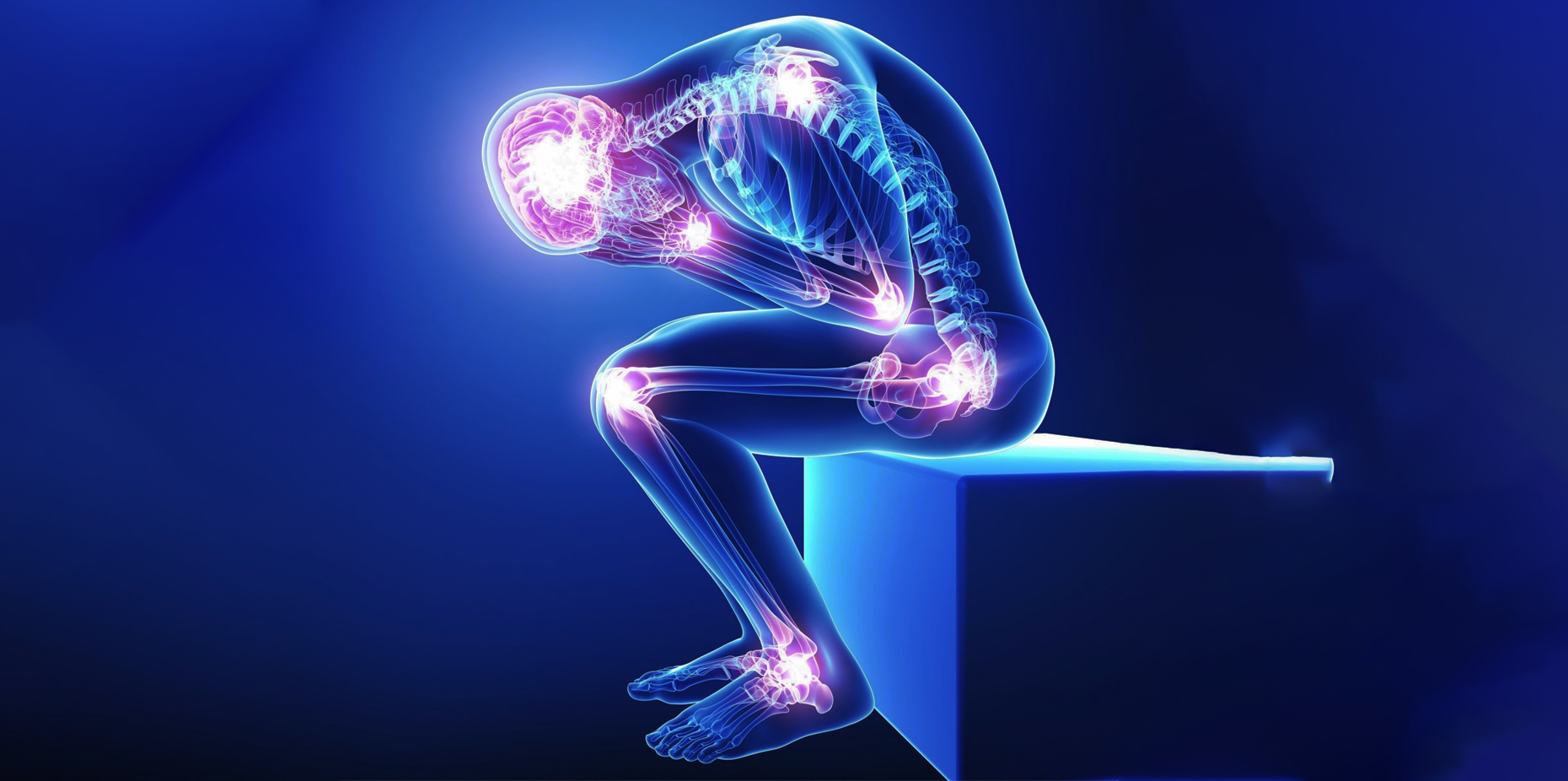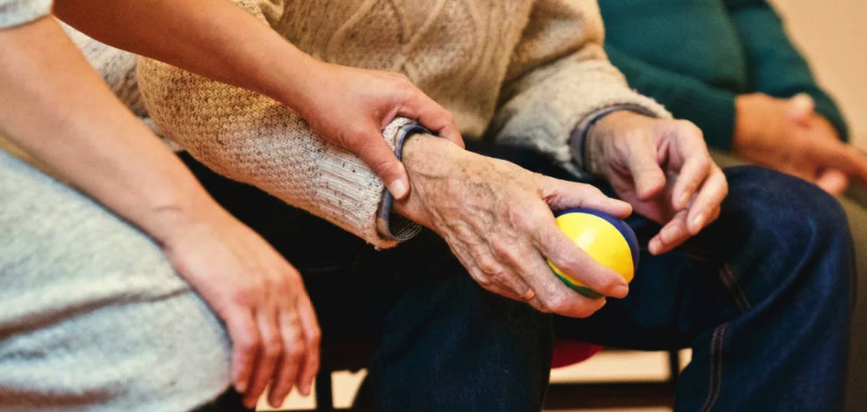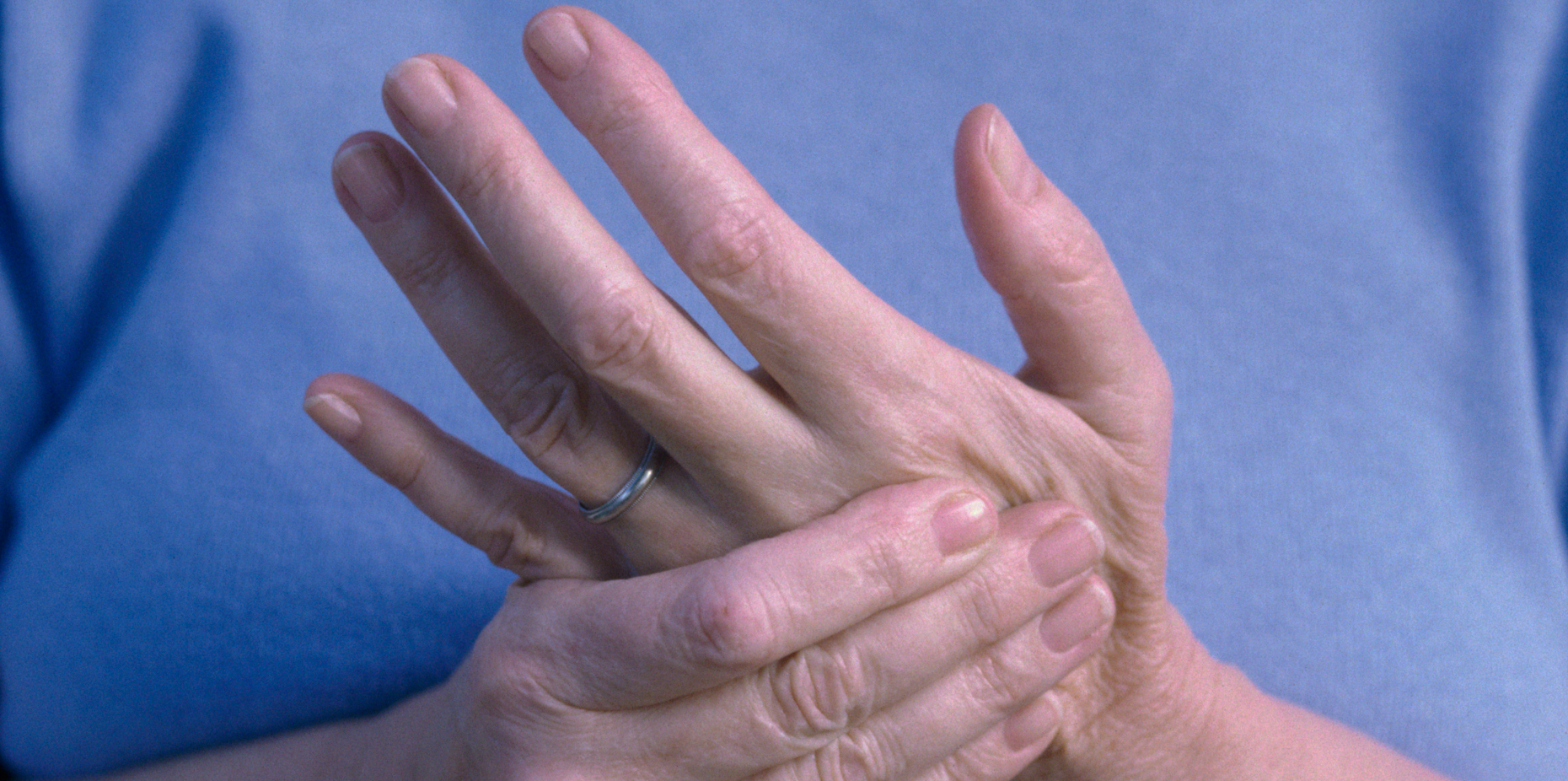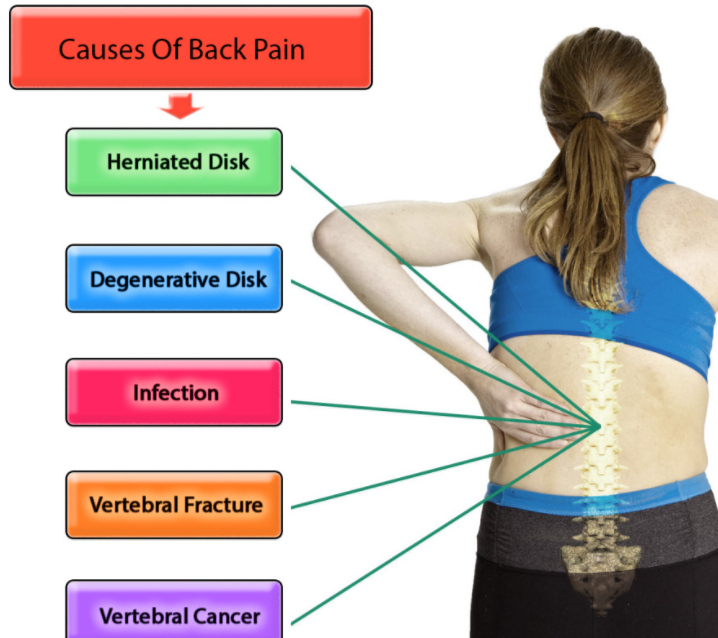Ligament injuries are a common condition and most often occur at the ankle and knee. The ACL is one of the most commonly torn ligaments with between 100,000 and 200,000 cases of ACL rupture per year in the United States alone.
Table of Contents
What is a Ligament?
A ligament is a strong band of connective tissue that connects bones together, particularly in the joints. They work to stabilize the joint and hold the two ends of the bone together. This ensures that the bones do not move too far apart and become dislocated. Ligament injuries happen when the ligament is stretched too far or too fast with trauma, slips and falls, or sports injuries.
Common Ligament Conditions
Let’s have a look at the various Ligament conditions.
Sprains and Strains
The difference between sprains and strains involves what tissue in the body is affected. When a muscle or tendon is injured it is called a strain and when a ligament is injured it is called a sprain. Strains and sprains share similar symptoms including pain, swelling, and loss of mobility. Strains usually heal on their own with conservative treatment while sprains may require bracing or splinting while the ligaments are in the healing process. Athletes and active people are most commonly affected by sprains and strains.
Anterior Cruciate Ligament (ACL) Injury
The ACL is one of the most commonly injured ligaments in the knee, especially during sports involving cutting and quickly changing direction such as soccer and football. Symptoms of an ACL tear include pain, swelling, loss of range of motion, and instability at the knee. ACL tears can be diagnosed clinically but need to be confirmed with MRI imaging. Full ruptures of this ligament usually require surgical repair.
Posterior Cruciate Ligament (PCL) Injury
The PCL is a ligament in the knee that is typically injured with knee hyperextension or impact to the shin such as with a car accident or fall. Symptoms are similar to an ACL injury with pain, swelling, loss of range of motion, and instability. PCL tears can be diagnosed clinically but need to be confirmed with MRI imaging. Full ruptures of this ligament can be treated conservatively with physical therapy, though sometimes require surgical repair if instability at the knee persists (1).
Medial Collateral Ligament (MCL) Injury
The MCL is the most commonly injured ligament in the knee. Injuries to the MCL occur with sports requiring cutting or a blow to the outside of the knee. Symptoms include swelling and pain at the inside of the knee with movement. MCL injuries can be diagnosed clinically but require an MRI to confirm the diagnosis. In most cases, MCL injuries are treated conservatively with physical therapy and activity modification, though surgery may be required if there is a large tear (2).
Lateral Collateral Ligament (LCL) Injury
LCL injuries in the knee occur during sports with cutting or a blow to the inside of the knee. Symptoms include swelling and pain at the outside of the knee with movement. Like MCL injuries, LCL injuries can be diagnosed clinically, but it is rare that the LCL is injured in isolation so an MRI is typically required. An isolated LCL injury can be treated conservatively with physical therapy and activity modification, though if other ligaments in the knee were injured surgery may be required to address instability.
Ankle Ligament Injury
The most common ankle ligament injury is a lateral ankle sprain which occurs when the ankle is rolled or landed on in an awkward position. Symptoms can include pain, swelling, bruising, and difficulty walking. Bracing and offloading with crutches may be required temporarily. Re-injury rate after an ankle sprain is high (around 70%) so it is important to complete physical therapy treatment and restore the strength and balance reactions at the ankle after injury (3).
Wrist Ligament Injury
Wrist ligament injuries most commonly occur with falls onto an outstretched hand. Wrist sprains are common in sports such as basketball, baseball, gymnastics, skiing, and skating. Symptoms include swelling, bruising, and pain with movement. After a fall onto the wrist, it is important to get x-ray imaging to make sure there are not any fractures. A sprint may need to be used temporarily depending on the severity of the ligament injury. Surgery is rarely required unless the ligament is fully ruptured.
Temporomandibular Joint Dysfunction (TMD)
Jaw pain may be caused by ligament injury at the temporomandibular (jaw) joint. This causes pain with eating, opening the mouth, and may cause clicking and locking of the jaw. TMD is also associated with headaches, facial pain, ringing in the ears, and locking of the jaw. Treatments include mouth guards, mouth splints, braces to fix tooth alignment and bite, and physical therapy. It is also important to stop activities that add stress to the jaw such as chewing gum, leaning on your fist, biting nails, and clenching your teeth during the day.
Plantar Fasciitis
The plantar fascia is a large ligament at the bottom of the foot. This ligament can become inflamed with prolonged standing or repetitive activities such as walking, jumping, or running, causing pain at the heel with weight bearing. It is often most painful to put weight on your affected foot first thing in the morning or after sitting for a while, especially when barefoot. Treatments include orthotics, shoe wear, stretching, and physical therapy.
Symptoms
The signs and symptoms of a ligament injury are often obvious. The area will be painful and tender to the touch. Visible swelling and bruising are also usually present.
The most common symptoms of a ligament injury include:
- Pain with movement
- A “popping” sound when the injury first occurred
- Swelling and bruising
- Inability to bear weight on the joint
- Instability or a feeling of the joint being loose
Causes
The most common causes of a ligament injury are twisting or falling and landing awkwardly. Ligament injuries can also happen during a sudden impact to the joint, quickly stopping and starting, or during abrupt movements. This causes the ligaments around a joint to be overly stretched which leads to tears or ruptures. In general, ligament injuries happen most often in sports, but can also happen during everyday life such as stepping wrong off a curb or slipping on a wet surface.
Risk Factors
There are a few distinct risk factors for ligament injuries which include:
- Age: adults are more likely to suffer ligament sprains than kids
- Activities: participation in sports such as football, soccer, basketball, skiing, and gymnastics carry high risk of ligament injury
- Sex: some ligament injuries happen more often in females such as an ACL tear in the knee due to females having wider hips, smaller thighbones, and greater joint flexibility (4)
- Poor balance: having a poor ability to balance contributes to a higher likelihood of ligament injury (5)
- Weakness: lack of strength in the core and muscle imbalances in the legs can lead to ligament spains
- Dry weather: dry weather increases the amount of friction between athletic shoes and the ground leading to a higher incidence of sprains
Summary: Risk factors for ligament injuries include younger age, female sex, participation in sports, and poor balance.
Diagnosis
Diagnosis of ligament injury will involve your doctor asking about your health history and performing a physical examination. Some ligament injuries can be diagnosed clinically, such as ligaments in the knee, but the majority will need imaging to confirm the diagnosis and grade of injury. Imaging tests may include:
- X-ray: will not show the ligament but can be useful to make sure there are no other injuries present such as fractures.
- MRI: this can show detailed views of the ligament and help diagnose the grade of injury. MRIs can also help diagnose if there are other injuries present to the bone, tendons, cartilage, or soft tissues in the area.
- Ultrasound: ultrasound is an affordable option that can be used to view ligaments that are more superficial such as at the wrist or the ankle.
Treatment Options
Treatment options for ligament injuries are primarily conservative and do not typically require surgery unless a full rupture occurs. Treatment will consist of a combination of:
- RICE: rest, ice, compression, and elevation (RICE) is a standard treatment in the acute phase of ligament injury when swelling is present and it is difficult to bear weight or move the affected body part.
- Bracing or splinting: in the acute phase of ligament injury, it may be useful to wear a brace or a splint to protect the injured ligaments when healing.
- Physical therapy: working with a physical therapist on range of motion, strength, endurance, balance, and sport-specific training can help speed up the time of ligament healing and prevent re-injury in the future.
- Medication: anti-inflammatory medication can be used to control pain and swelling in the acute phase of healing.
- Surgery: ligament repair may be required if the ligament is fully ruptured and conservative measures and physical therapy do not help to address instability, pain, and function.
Summary: Treatment options for ligament sprains involve a combination of rest, bracing, physical therapy, medications, and in rare cases might involve ligament repair surgery.
Conclusion
The most common ligament injury is a sprain which happens when the ligament stretches too far and tears such as during an awkward fall. Risk factors include participation in certain sports, age, gender, and poor balance. Symptoms of a ligament sprain include swelling, bruising, pain, and difficulty moving. Ligament injuries are diagnosed with a physical examination and imaging. Treatment options include bracing, rest, physical therapy, medication, and surgery.












